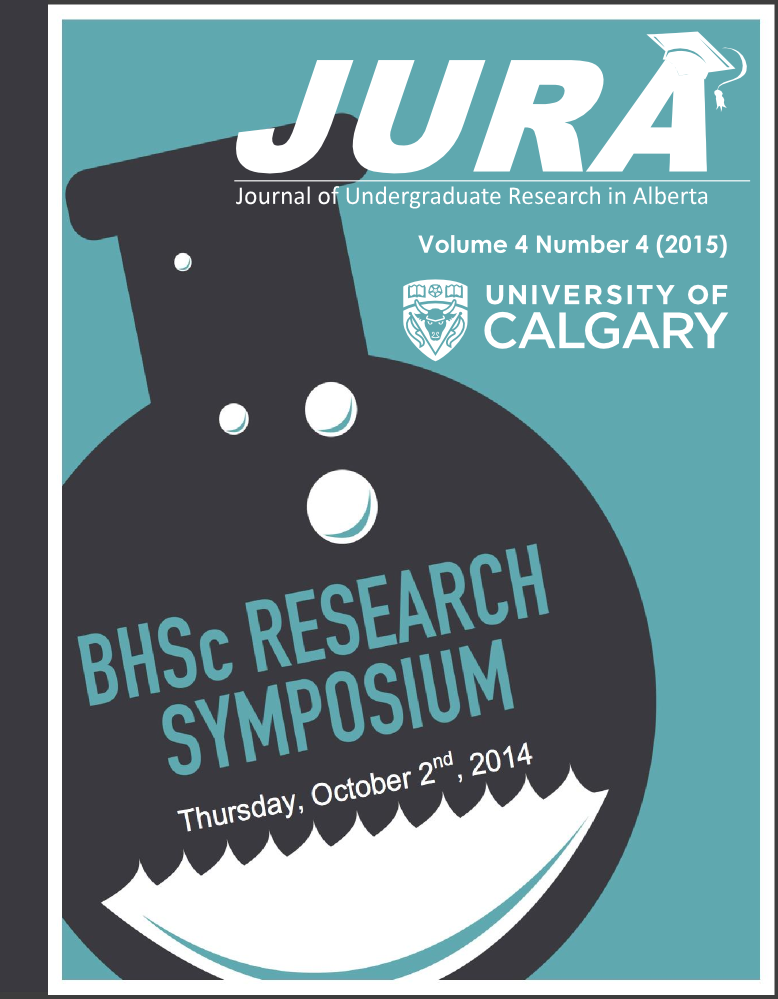AN EVALUATION OF GOOGLE STREET VIEW AS AN ENVIRONMENTAL DATA SOURCE FOR CONDUCTING PARK AUDITS
Abstract
INTRODUCTION
In Canada, physical inactivity is responsible for an estimated $6.8 billion of direct and indirect health care costs. Many adults do not accrue the levels of physical activity necessary to ensure optimal health benefits. Growing evidence suggests that the built environment, including convenient access to high quality public open space, has the potential to influence physical activity. Google Street View (GSV) has been shown to be a feasible data source for auditing community walkability and recreational facilities; however, few studies have taken advantage of GSV to audit public open space and park specific features that can influence physical activity. This study evaluates the feasibility, reliability, and validity of conducting virtual park audits using environmental park attribute data sourced from GSV.
METHODS
Parks (n=34) were purposively sampled from 11 neighbourhoods with differing socioeconomic status (low, low-medium, high- medium, and high) and urban form (grid, warped-grid, and curvilinear street patterns). The Public Open Space Tool (POST; adapted to the Canadian context) was used to measure the quality of each park in terms of supporting physical activity behaviour. Two raters systematically audited parks using the POST via GSV and Google Maps aerial image at two time points (ten days between each audit round). Raters’ combined GSV audit data was compared at time one and time two using Kappa coefficients, intraclass correlations (ICC) and percent of overall agreement (POA) to evaluate intra-rater reliability. Inter-rater reliability was determined by comparing the raters’ time two GSV audit data.
RESULTS
Intra-rater reliability for all POST items using GSV audits were poor to excellent (POA = 70.6-100% and kappa/ICC = 0.32-1.00). Inter-rater reliability for POST items also ranged from poor to excellent (POA = 52.9-100% and kappa/ICC = 0.10-1.00). Concurrent validity of GSV compared with aerial image audits also ranged from poor to excellent (POA = 63-100% and kappa/ ICC = 0.12-1.00). GSV audits took an average of 13±4 minutes, while aerial image audits took 7±2 minutes, to complete.
CONCLUSIONS
GSV is a potentially reliable and valid method for conducting park audits. Most POST items had good to excellent intra- and inter-rater agreement, as well as adequate concurrent validity with the aerial image audits. GSV audit times in this study were comparable to those found elsewhere. Findings suggest that conducting virtual park audits with the POST using GSV data is a feasible, reliable, and valid approach.
Downloads
Downloads
Additional Files
Published
Issue
Section
License
Authors retain all rights to their research work. Articles may be submitted to and accepted in other journals subsequent to publishing in JURA. Our only condition is that articles cannot be used in another undergraduate journal. Authors must be aware, however, that professional journals may refuse articles submitted or accepted elsewhere—JURA included.


